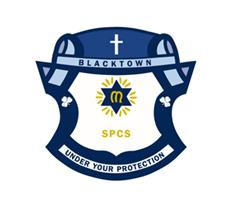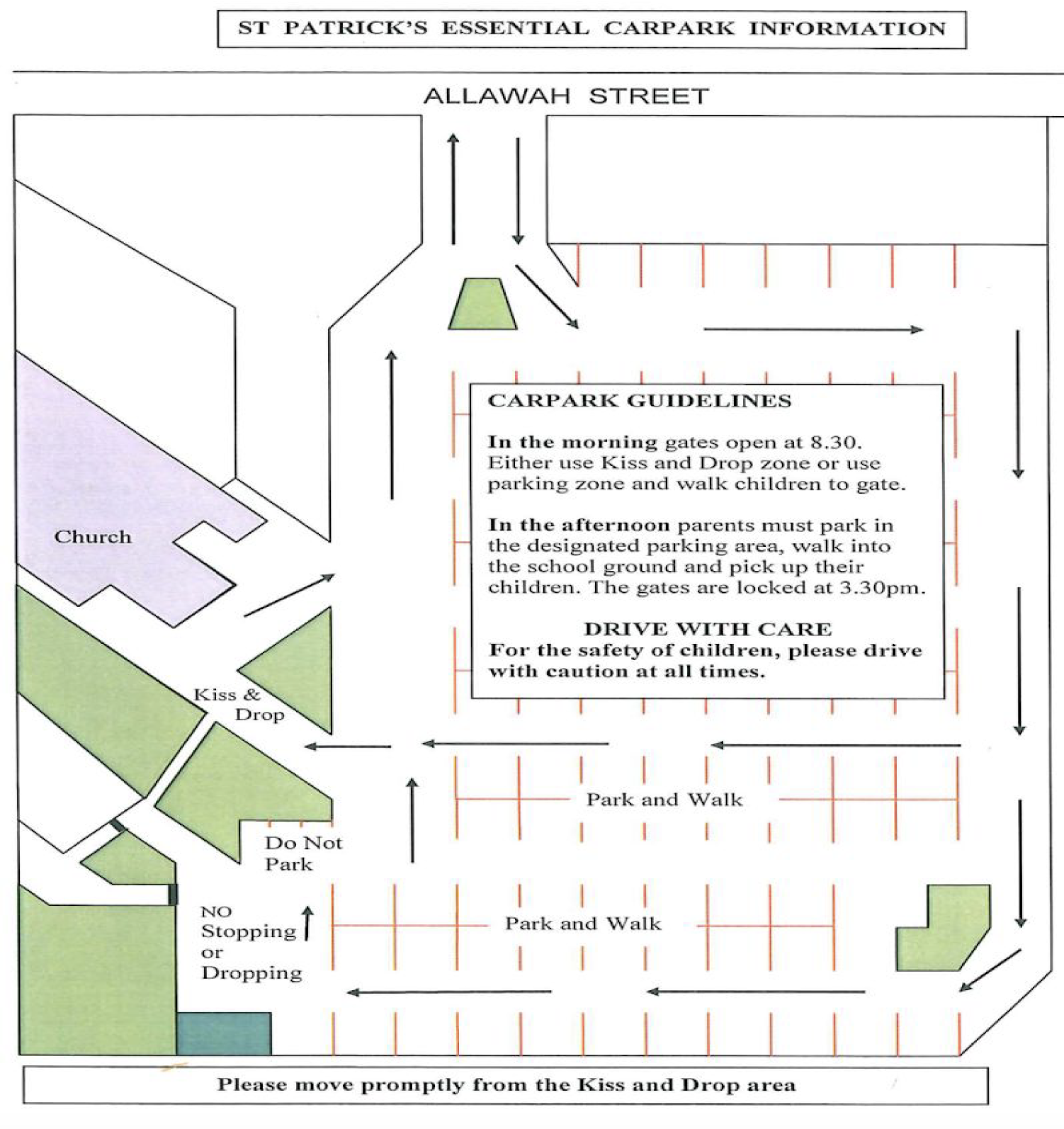Religious Education is a lifelong process. Its foundations are laid in the home and nurtured within the school/parish community. The Catholic school plays an important part in this lifelong queSt Its first contribution to the student’s Religious Education is through the culture and climate of overall school life.
The religious dimension is present everywhere in the school: playground, assemblies and the classrooms themselves where every Key Learning Area contributes to a genuinely religious way of understanding the world.
For the past 20 years, Religious Education studies were based on the Parramatta Diocesan document 'Sharing Our Story'. During 2020, St Patrick’s will be implementing the new Diocesan Religious Education curriculum. The task of the teacher is to foster knowledge and understanding that is appropriate to each learner’s stage of development. The development of relevant attitudes and skills is also important, along with a growing commitment to Christian values.
Whole school and class worship are an integral part of the School’s program in Religious Education. An active partnership of home, parish and school is essential, particularly in regard to the preparation and celebration of the Sacraments.
Whole School (K-6) Masses and Liturgies
Masses and Liturgies are held to celebrate special days and events e.g. Opening School Year, Catholic Schools Week, St Patrick’s Day, Holy Week and Easter, Mothers’ Day, Feast of the Assumption, Feast of Saints Anne and Joachim (Grandparents Day), Fathers’ Day, Feast of Our Lady of Mercy (continuing the tradition of celebrating the Sisters of Mercy who founded our school), Year 6 Graduation and Advent/Christmas.
Prayer is part of the everyday classroom experience. Prayers are said at Assemblies on Monday and Friday and each Thursday two classes join the parish community in the church for morning Mass at 9:00am.
As part of our school community, parents’ attendance at the various Masses and Liturgies is warmly encouraged.
The dates and times for all liturgies are advised in the Newsletter, website and Facebook.
Sacramental Programs
Initiation into the life of the Church is a gradual process that takes place within the Community of the faithful. The whole community is responsible for passing on its faith, its story, its values, and its tradition to the next generation; and introducing its children into the sacramental life of the Church.
The preparation for the Sacraments of Reconciliation, Confirmation and First Eucharist is parish based. The parish-based, family-centred process is to provide opportunities for parents to come together to inquire and reflect upon the faith into which their children are being initiated.
A sacramental team has been established by the Parish to assist in coordinating the preparation for the Sacraments. It is the responsibility of parents in conjunction with the Parish Priest and Sacramental Team to assess the readiness of their child for Sacraments.
Information nights are held during the year and you are required to attend if you believe your child is ready to receive the next Sacrament.
The Sacramental Program begins for students (generally in Year 3), with the Sacrament of Reconciliation in November. The Sacrament of First Eucharist (June) is received the following year in Year 4. Confirmation is usually in Year 5 or 6 near the feast of PentecoSt To prepare for these programs, parents and children participate together in small group gatherings.
For further information please contact the Sacramental Coordinator, at the Parish Office on 9622 1125 or the Religious Education Coordinator at school.
‘The spiritual power of the Sacraments is boundless. With grace, we can overcome every obstacle.’ - Pope Francis




